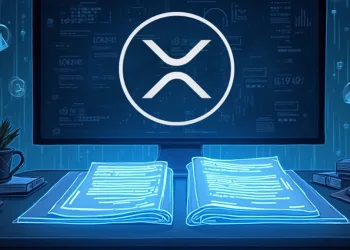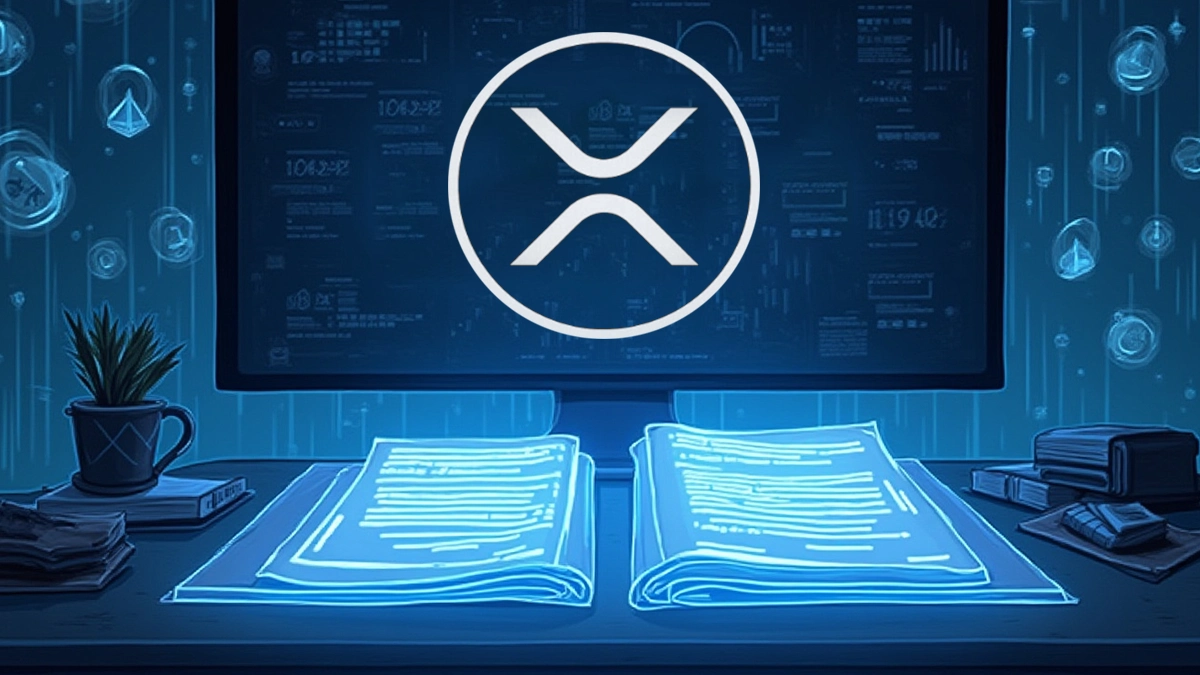- EVM needs an essential upgrade according to Vitalik Buterin through RISC-V for fixing both speed and scalability concerns.
- Current base layer Ethereum operations show decreasing activity which has caused transaction costs to reach their lowest point since 2020 thus creating problems for funding network operations.
- Ethereum’s base layer revenue decreases when Layer-2 scaling methods are deployed which could affect their future infrastructure development and market trust.
Co-founder of Ethereum Vitalik Buterin advocates for an essential improvement to the blockchain’s execution system which would redefine how Ethereum executes smart contracts. The proposed enhancement plans to shift Ethereum Virtual Machine (EVM) functionalities to RISC-V architecture for optimized performance and future scalability.
EVM Overhaul Amid Slumping Network Activity
The EVM stands as the central element of the proposal because it serves as the fundamental processing framework for smart contracts along with dApps on the Ethereum system. For years people have criticized the current virtual machine which shows both performance limitations and reduced flexibility while the network demands continue expanding.
The implementation of RISC-V instruction set architecture in the EVM promises developers to improve both performance and interoperability within present-day computing systems.
The proposal submission happens at a period when base layer Ethereum activity experiences a notable decline. The transaction fees averaged at $0.16 in early April which marked the lowest point since 2020. The cost of Blob fees which represent Ethereum layer-2 network transaction expenses decreased to 3 ETH or less throughout the last week of March.
A New Path to Scalable Ethereum Development
According to the proposal various execution layer problems of Ethereum remain unresolved since it struggles to run smart contracts efficiently. The development of complex applications has always brought difficulties to developers yet Buterin’s recent proposal shows an increasing requirement for smoother obstacles in this process.
Buterin suggests that a fundamental shift in the execution layer is required to achieve benefits which correspond to the advantages delivered by the “beam chain” proposal for consensus mechanisms. The industry perceives this planned change as a procedure to safeguard Ethereum’s long-term development.
Base Layer Drains: Ethereum’s Funding Future at Risk
The cost reductions from layer-2 scaling methods concern how Ethereum will fund its financial development in the future. The earnings of Ethereum’s base layer diminish when an increasing number of users adopt external scaling networks which threatens to decrease funding for the network infrastructure creation. Experts predict that falling investor confidence will cause Ether’s price to drop below $1,100 if present market trends keep developing.














